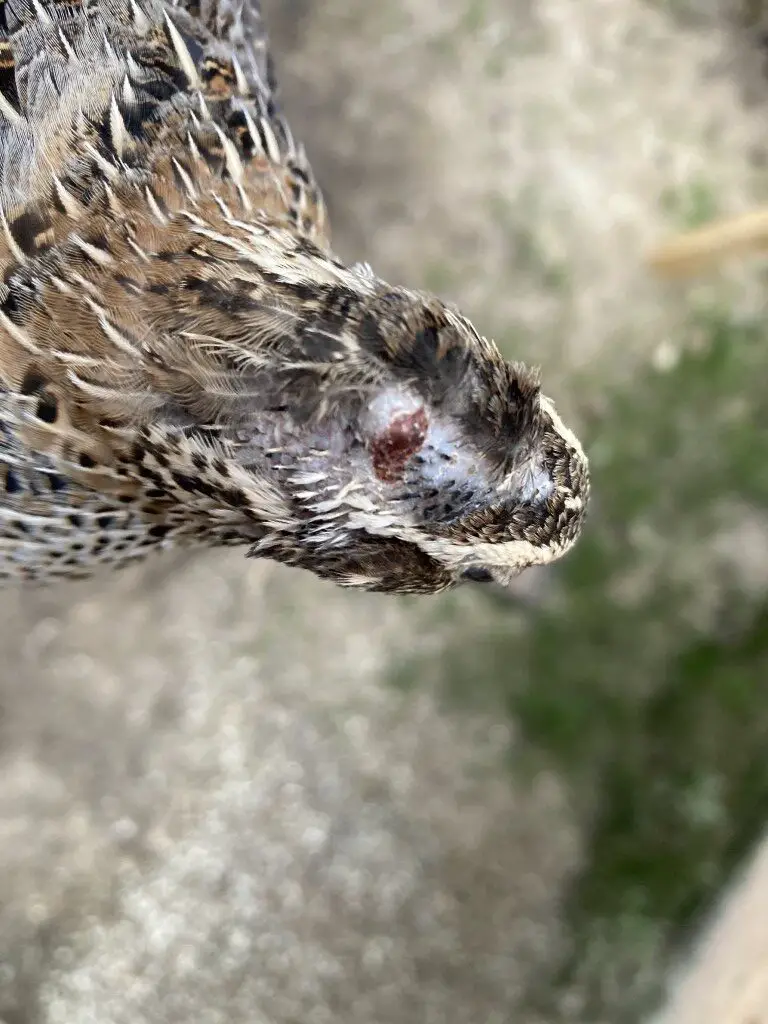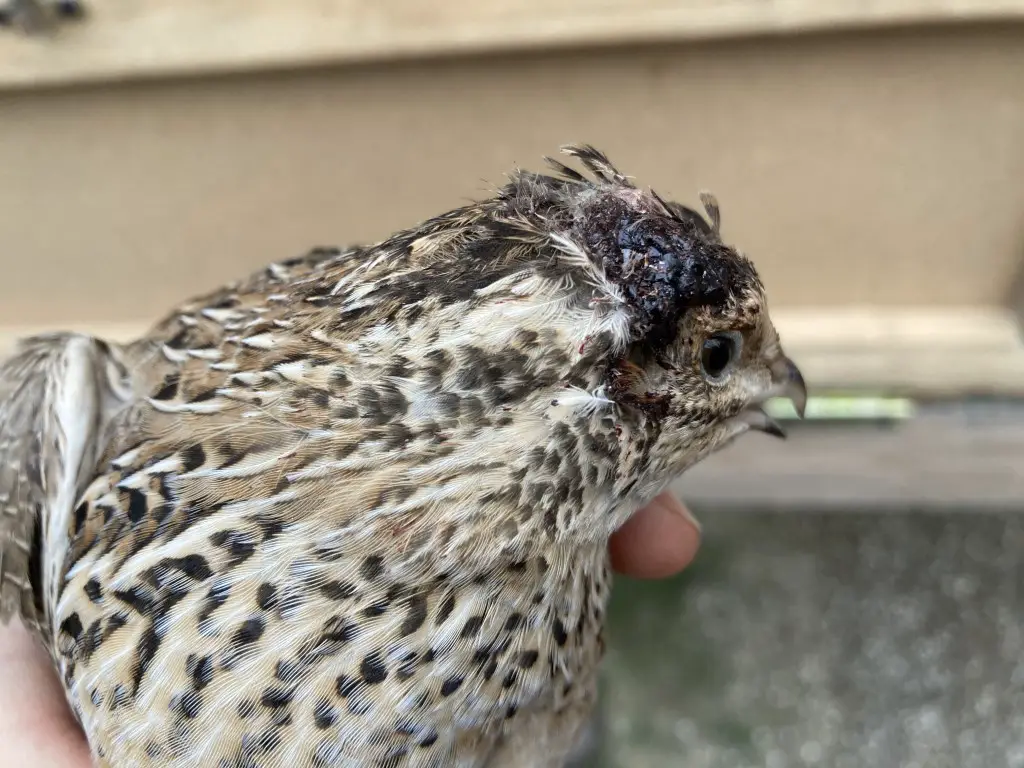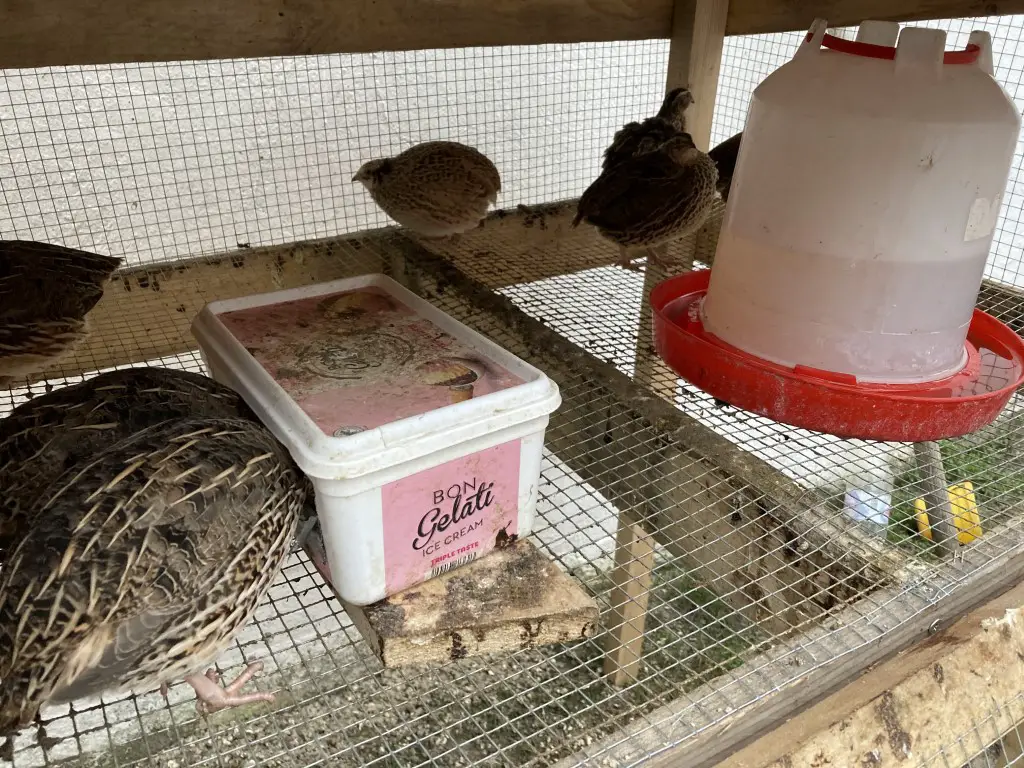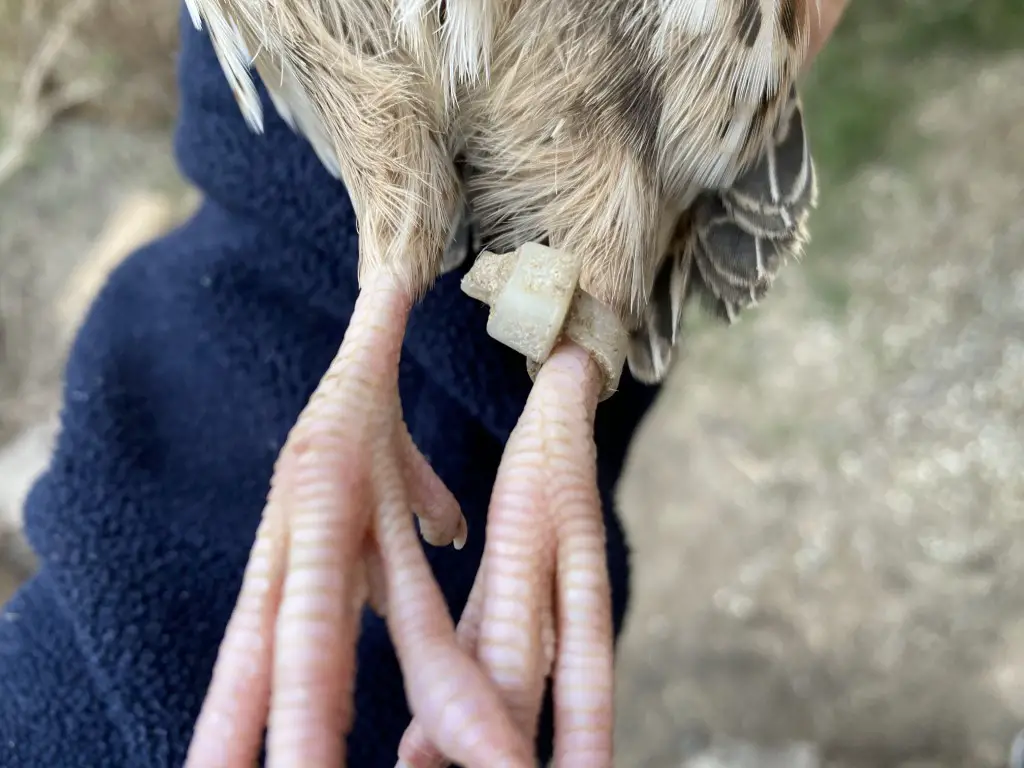Quail are the easiest bird to raise for meat and eggs. You can keep 16 hens in a 5-6 square foot cage, and they will provide a family of four with sufficient eggs. Quail are very cute birds and completely harmless to humans, but they can get pretty nasty with each other, leaving visible signs of injury and even killing each other.
Let’s consider why quail fight, what causes aggression, and how you can prevent your quail from attacking each other.
Quail usually fight either because they become territorial due to improper male to female ratio, new birds being introduced to the flock, or hunger. Each of these situations can be controlled to a degree. Let’s see how.
I had read much about quail before starting to raise them, and I also saw some videos explaining aggressive behavior among quail. When my first batch of quail eggs hatched, they were so tiny and cute that I’d completely forgotten about this and thought the harmony would last forever.
Learn how to raise your own quail and have an unlimited supply of eggs and meat.
I was in for a surprise.
As my quail reached maturity, I noticed that the roosters started crowing very often, and I started seeing signs of injuries on some of my birds. Some of the females had missing feathers on their heads, and even some of my roosters were injured.
It’s pretty common for female quail to have missing feathers because the males grab them when breeding. This leads to some bald patches on the hens’ heads and it’s usually no cause for concern, although sometimes it may appear a bit too serious. Take a look at these two hens with mating injuries. One of them appears quite severe.



When you see injuries to a male, it usually means that you have too many roosters in the covey and they are trying to establish their dominance over the others. Sometimes they also stand up against a bully bird and take revenge on him.
Here is one of my roosters that was badly attacked by the others.
Let’s see what you can do in each specific case to prevent bad injuries.

Ensure proper rooster-to-hen ratio
An improper rooster-to-hen ratio is probably the most common cause of aggression among quail.
If you start raising quail by first incubating eggs, this ratio is usually close to 1:1. This is a consistent ratio, in my experience. Every time I’ve hatched, it’s either spot on or very close to it.
When you move your quail from the incubator to the brooding box, having too many roosters is not an issue. In fact, you can’t even tell roosters and hens apart until later.
The earliest you can tell whether a quail is a hen or a rooster is at three weeks of age if the birds are feather sexable. Some varieties, such as the Texas A&M quail, can only be vent sexed after reaching maturity.
You can hear the odd crowing of some of the roosters at 3-4 weeks of age, and when the hens turn 5-7 weeks old, they start laying eggs. When the crowing becomes regular and the egg-laying consistent, you can no longer keep your quail in a 1:1 ratio anymore.
Having too many roosters in a cage leads to two types of problems:
- Roosters will want to establish dominance over each other. This usually ends in a blood-shed, just like my rooster with the cut throat.
- They will overbreed your hens, and they can leave some serious scabs on their heads.
The ideal ratio for a breeding cage is 4-5 hens per rooster. This ensures that you have plenty of fertile eggs, but your roosters don’t get too aggressive with each other and with the hens either.
To solve the problem of the rooster-to-hen ratio, you need to cull your roosters. If you do this at the 8-week mark, you can process your roosters for a meal, which has several benefits:
- Quail reach their full size at around 12 weeks, but they get to 80-90% of their full potential by 8 weeks, so you’re getting an almost full-size bird.
- Feeding too many adult roosters is wasted money because they don’t produce eggs. Keep only as many as you need to have fertile eggs, if you want to incubate more
- At 8 weeks, your quail are tender, and delicious.
Introduce new birds the smart way
Quail are very territorial, and they defend their territory very intensely.
Introducing new adult birds to an already established covey is challenging, and it can also result in aggression and fights. I experienced this first hand, when I introduced three jumbo roosters to a group of 10 jumbo hens. The first fight broke out within seconds, and it was quite intense and aggressive.
Look at this footage of one of the agitated hens attacking the new-coming roosters.
Fights don’t only break out if you introduce different sex quail to each other, but anytime you introduce new birds to an established covey.
Here’s what you can do to avoid territorial issues.
Raise your birds together: by far, the easiest way to avoid territorial aggression is by raising birds together from the get-go. Unfortunately it’s not always feasible, so there are other tricks you can avail of.
Introduce them young: if you move young birds in with mature quail, the chances of aggression are very slim because the young ones don’t pose a threat to the old ones.
Introduce multiple birds: when a minimum of 3 new birds arrive to an already established covey, they can defend themselves much better and they are much less likely to be subject to an aggressive attack. A single bird to an existing flock is a recipe for an aggressive fight.
Remove all birds for a while: fights break out because of the territorial nature of quail, which is why an effective way of overcoming this problem is to remove all the birds of the established flock for a few hours from their cage, and re-introducing them with the newcomers. This way, the change makes all of them feel new to the place. You can take this tactic to the next level if you clean their cage while it’s empty so there’s no trace of smell left. This worked really well for me.
Vinegar: quail recognize each other’s smell, and an easy way to make each of them smell the same is by sprinkling them with some vinegar. It does them no harm, and it works quite well. I used this tactic with success along with the previous tip.
New location altogether: if you have the facilities, you can merge the two groups in a location that’s completely new to both of them.
Do it at night: quail, like other creatures, need sleep. They are diurnal animals, which means that they are active during the day and they sleep at night. Introducing the new birds to the cage at night may help them be less aware of what’s happening and wake up to a new reality the following day.
Aggression out of hunger
Another common reason why quail may show aggression toward each other is hunger or thirst. Unlike some other animals that eat as long as they see food, quail are really good at self-regulating. Even if you leave food and water before them, they will not overeat.
However, quail quickly become agitated when they are hungry and thirsty. This can come out in the form of aggression.
Instead of feeding them exact amounts daily, ensure they have food and water available at all times.
When I started out, I was prepared to feed them a lot of food, but I was really shocked to see how much water quail drink. At first, I thought that there was a hole on my water container because I had to refill it all the time. I realized that quail drink a lot of water. (For reference, a covey of 40 birds can drink a gallon of water per day).

Even if you have lots of food and water available, ensure you have enough feeding and drinking stations your quail can go to so they don’t need to wait in line for their turn.
As a rule of thumb, 20% of your birds should be able to eat and drink anytime. For example, if you have 40 birds, have 6 feeding and 2 drinking stations. Keep those stations topped up so they never run out of food and water.
Here’s a helpful article I wrote about how much you can expect to feed your quail. If you’re new to raising them, I recommend you to read it.
Your bird may be an aggressive type
Sometimes you try several tricks, and you still have some aggression in your flock. Birds, like other living creatures, have their own temperament. Some are more irritable than others, and they show more aggression.
I like monitoring my birds to see if any disputes may get out of control, and I also learn their behavior. I mark the birds that I want to follow for some reason (health, behavior, or growth).

As you observe your flock, pay attention to their behavior. If you see aggression from a bird, you may mark that bird with a ring so you can keep an eye on it in the future. This can be done simply with a zip-tie on their foot, just like you see on this bird.
If this is not a one-off behavior but a regular occurrence, you may have to remove the bird and cull it.
Final thoughts
Aggression in quail is quite common, and if you keep many birds, it’s an inevitable phenomenon, but it’s nothing to be alarmed by. Take the above logical steps to see if there is anything obvious that causes them to behave that way.
A simple change can often lead to unexpected great results.
Happy Quailing!

